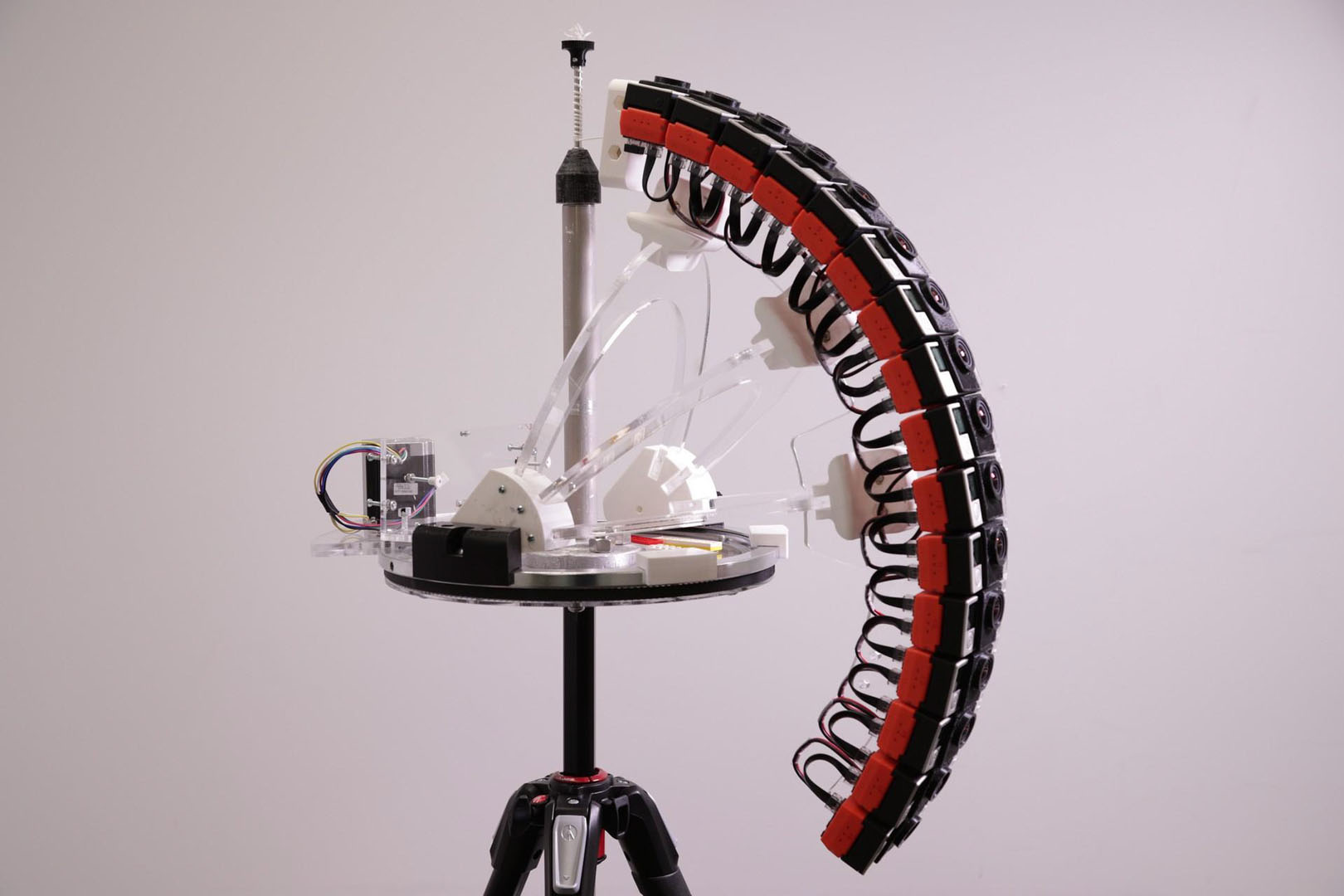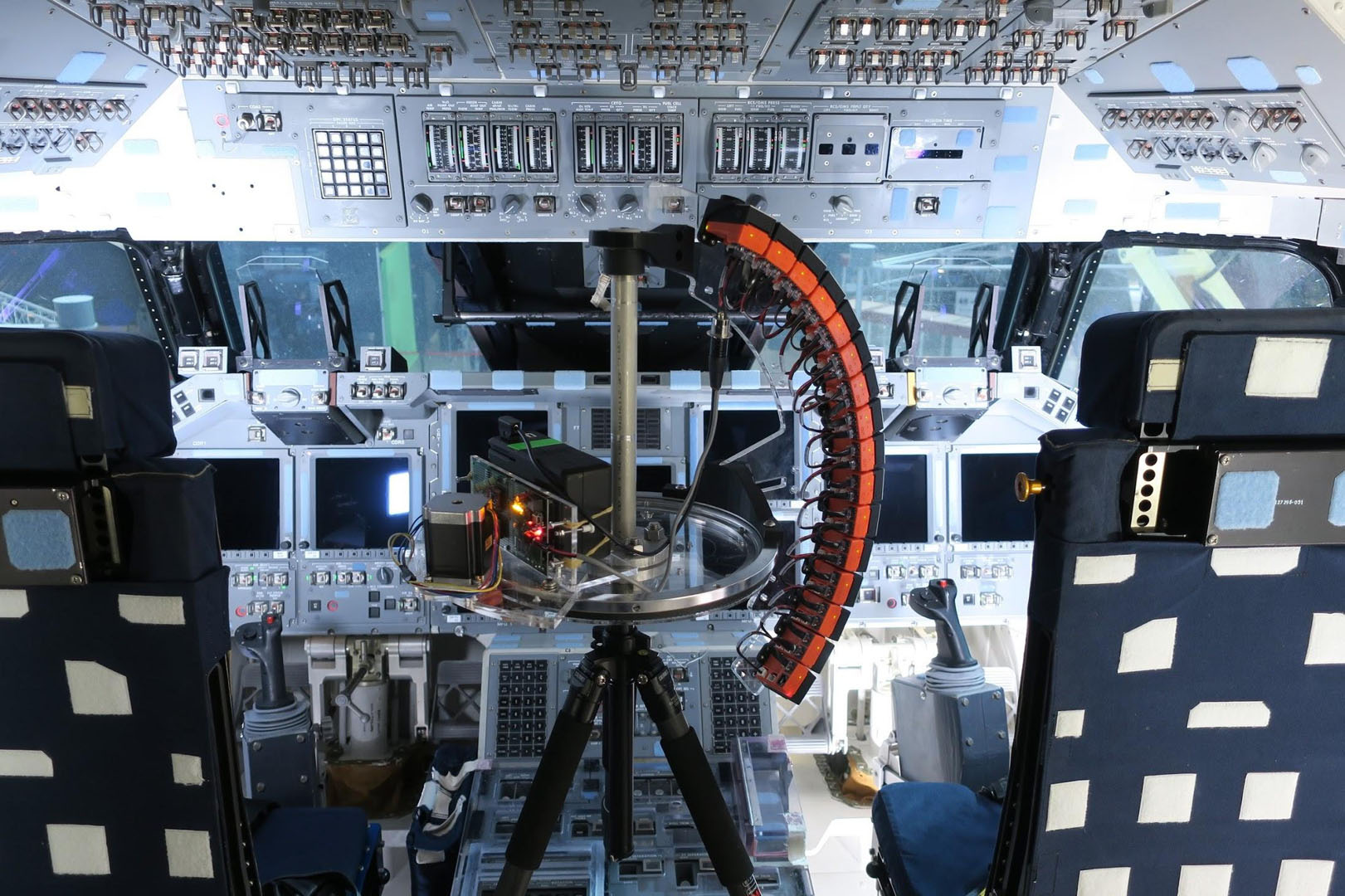“The Making of Welcome to Light Fields VR” by Overbeck, Erickson, Evangelakos and Debevec
Conference:
Type(s):
Entry Number: 65
Title:
- The Making of Welcome to Light Fields VR
Presenter(s)/Author(s):
Abstract:
Light fields can provide transportive immersive experiences with a level of realism unsurpassed by any other imaging technology. Within a limited viewing volume, light fields accurately reproduce stereo parallax, motion parallax, reflections, refractions, and volumetric effects for real-world scenes. While light fields have been explored in computer graphics since the mid-90’s [Gortier et al. 1996; Levoy and Hanrahan 1996], practical systems for recording, processing, and delivering high quality light field experiences have remained out of reach.
In this talk, we describe the hardware and software developed to produce the Welcome to Light Fields virtual reality experience, the first immersive light field experience that can be downloaded and viewed on VR-ready computers with HTC Vive, Oculus Rift, and Windows Mixed Reality HMDs. This piece enables the user to step into a collection of panoramic light field still photographs and be guided through a number of light field environments, including the flight deck of Space Shuttle Discovery. Welcome to Light Fields is a free VR app. on the Steam Store that was launched in March 2018 [Google VR 2018].
This piece is the culmination of a multi-year effort to develop consumer-ready light field technology. We built new camera rigs for light field capture and new algorithms for light field rendering. In this talk, we delve into the details from capture to rendering and the steps in between.
We emphasize that our system generates stereoscopic views of a light field for use in current generation consumer VR HMDs. As future work, it could be of interest to display such datasets on near eye light field displays [Lanman and Luebke 2013] to render effects of visual accommodation.
References:
Robert Anderson, David Gallup, Jonathan T. Barron, Janne Kontkanen, Noah Snavely, Carlos Hernandez Esteban, Sameer Agarwal, and Steven M. Seitz. 2016. Jump: Virtual Reality Video.
Google VR. 2018. Welcome to Light Fields on Steam. (March 2018). https://store.steampowered.com/app/771310/Welcome_to_Light_Fields/
Steven J Gortler, Radek Grzeszczuk, Richard Szeliski, and Michael F Cohen. 1996. The lumigraph. In Proceedings of the 23rd annual conference on Computer graphics and interactive techniques. ACM, 43–54.
Douglas Lanman and David Luebke. 2013. Near-eye light field displays. ACM Transactions on Graphics (TOG) 32, 6 (2013), 220.
Marc Levoy and Pat Hanrahan. 1996. Light field rendering. In Proceedings of the 23rd annual conference on Computer graphics and interactive techniques. ACM, 31–42.
Debargha Mukherjee, Jingning Han, Jim Bankoski, Ronald Bultje, Adrian Grange, John Koleszar, Paul Wilkins, and Yaowu Xu. 2015. A technical overview of VP9-The latest open-source video codec. SMPTE Motion Imaging Journal 124, 1 (2015), 44–54.






